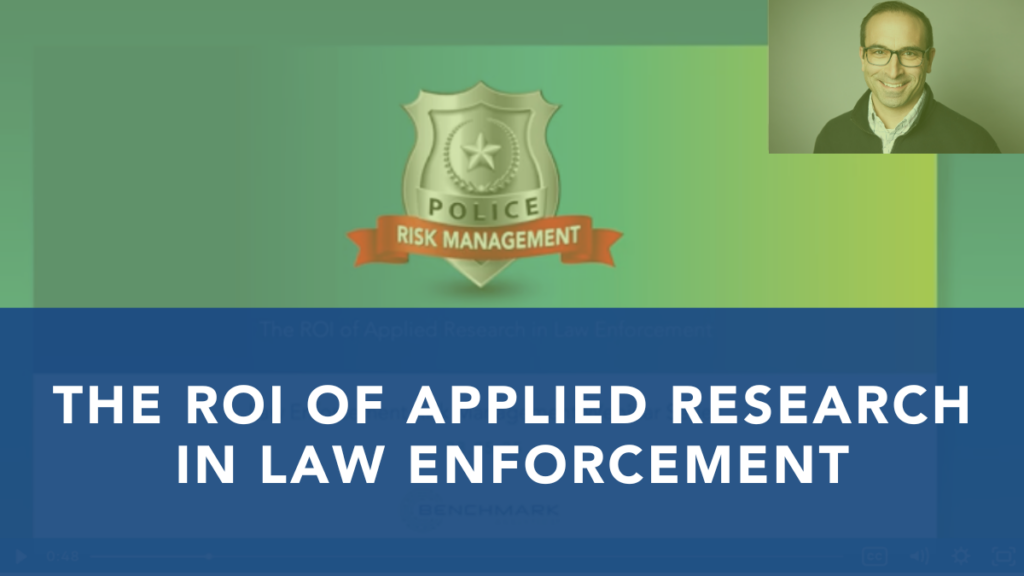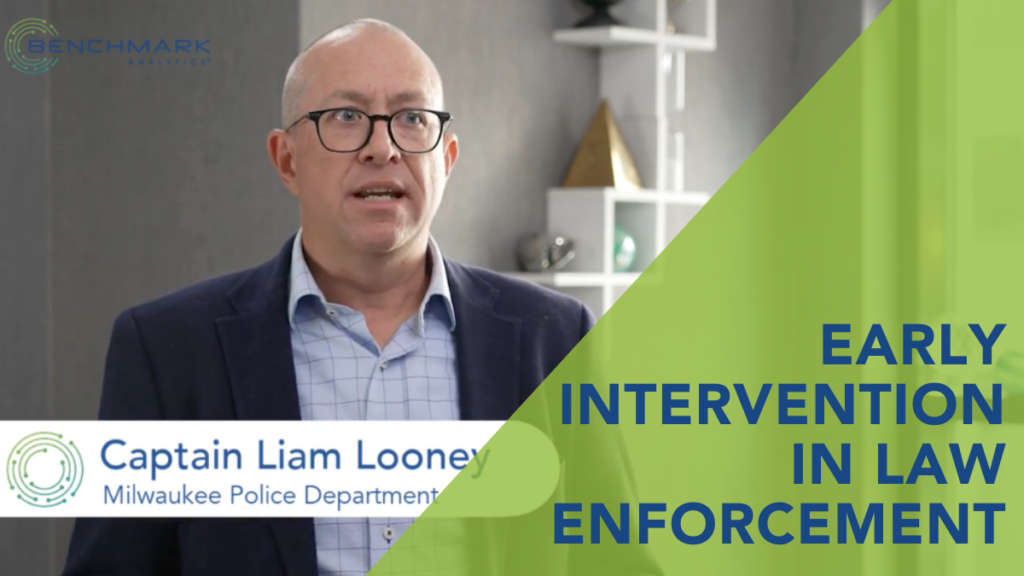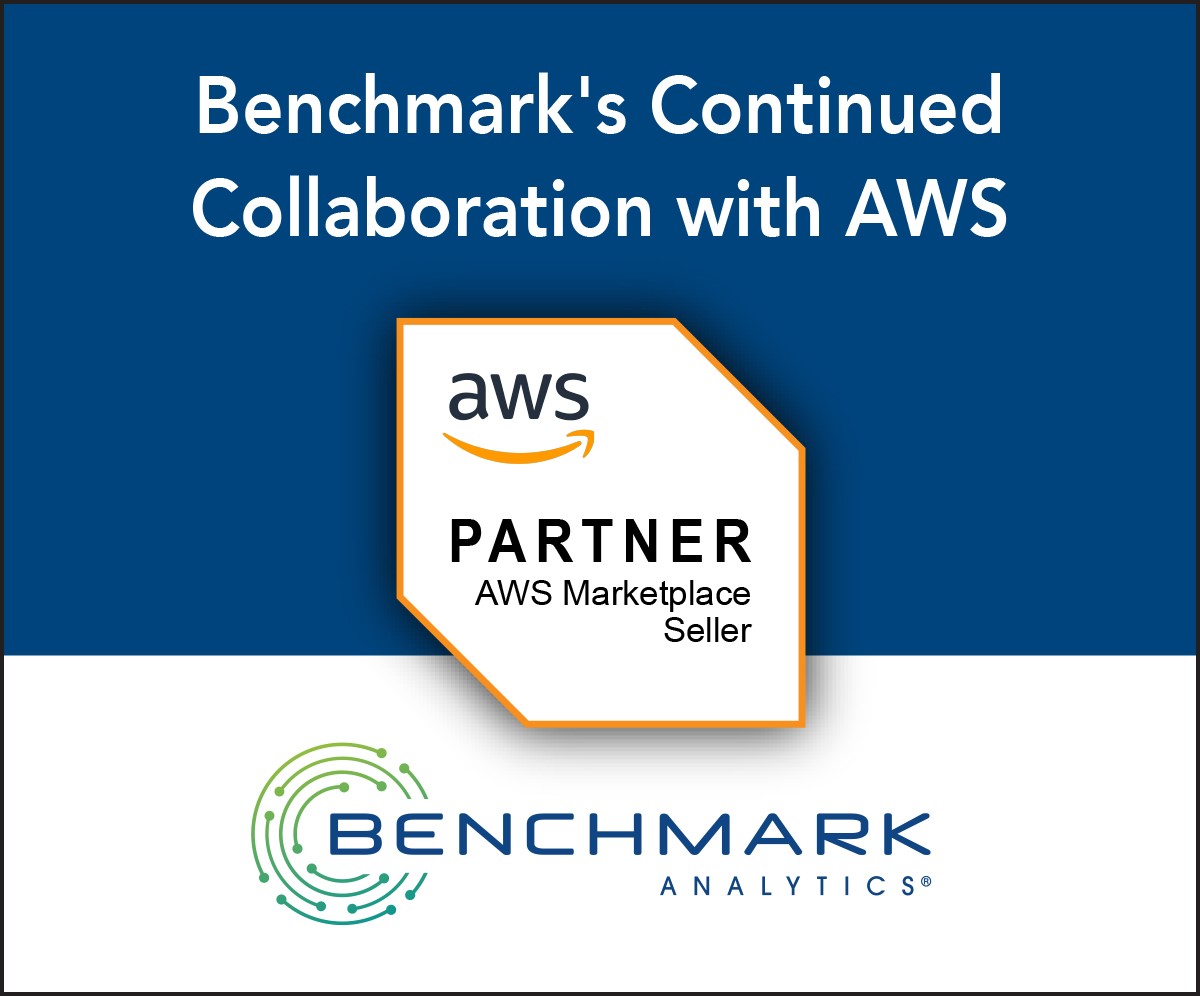Benchmark Blog

Law Enforcement Personnel Management
Leading the Charge: Why Public Agencies Must Pioneer Technology Adoption

21st Century Policing
Go Beyond a Standalone Software Application with a Law Enforcement Software Suite

21st Century Policing
3 Key Takeaways from the Midwest Security and Police Conference and Expo
Ready to Experience the Benchmark Difference?
Benchmark Analytics and its powerful suite of solutions can help you turn your agency’s challenges into opportunities. Get in touch with our expert team today.








